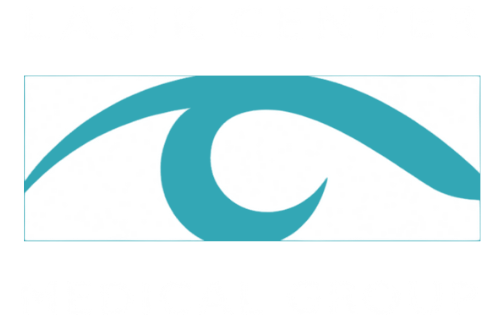4 Common Myths About LASIK Dispelled
Since its FDA approval in 1999, LASIK has helped over 20 million people enjoy 20/20 vision. But even with satisfactory results and millions of positive testimonials, LASIK is still a focal point for myths and misconceptions. If you’re considering LASIK but have reservations due to misinformation, check out this list of common LASIK myths to put your mind at ease.
1. LASIK Can Cause Blindness
According to statistics, not a single patient has ever gone blind after a LASIK procedure. In extremely rare cases, people have suffered infections or surgical complications which made the procedure ineffective.
However, LASIK centers hold themselves to the same sanitary and hygienic standards as hospitals, effectively minimizing the chance of any issues during or after the procedure. With the right pre-operative assessments and evaluations, surgical expertise, and post-operative care, LASIK rarely causes issues. In fact, over 99% of patients report improved vision without any complications — a testament to the effectiveness of the procedure.

2. LASIK Only Corrects Nearsightedness or Farsightedness
No one’s quite sure of the origin of this LASIK myth, but some people have the misconception that LASIK only corrects either nearsightedness or farsightedness. Neither is correct.
LASIK actually corrects myopia (nearsightedness), hyperopia (farsightedness), and astigmatism. Because the laser used in LASIK reshapes the cornea, all of these vision problems can easily be corrected.
There is some truth to the fact that LASIK can’t correct every eye ailment. It’s ineffective against glaucoma, cataracts, and amblyopia — also known as lazy eye.
3. Everyone Can Get LASIK
Although LASIK is a life-changing procedure, it’s not available to everyone. According to statistics around 15% to 20% of those wanting the surgery are ineligible for the surgery. Disqualifications for LASIK vary, but in most cases, an ineligible patient has one or more of the following issues:
- Disease or another ailment
- Refractive instability
- Play some types of contact sports, such as boxing or mixed martial arts
- Take certain medications
- Various eye conditions
The only way to know if you’re eligible for certain is to schedule a consultation with a doctor. They can assess your medical history and eyesight to determine if you’re an eligible candidate for LASIK.
Dr. Alexandra Chebil M.D. has performed over 70,000 procedures in her private LASIK Center in Orange County. She is meticulous in her approach and will ensure you are qualified and have all your questions answer prior to moving forward with your procedure.
4. LASIK Is Painful
Another myth that people often cite is that LASIK is painful to the patient due to the incision in the corneal flap and the use of a laser. However, this isn’t the case.
Prior to the procedure, the surgeon puts numbing drops in your eyes that act as an anesthetic. While some patients report slight discomfort or pressure during the procedure, just as many say that it was completely painless.
After the procedure, patients may have dry eyes or feel mild discomfort, but with over-the-counter medications and eye drops, this usually isn’t a problem.
Find a Reputable Eye Doctor
Now that we’ve dispelled the myths and misconceptions around LASIK, you should feel easy about getting the procedure.
However, an important step on the path to improved vision is finding a doctor that makes you comfortable.
By scheduling a consultation or appointment with us, you can make sure you’re always in good hands before the procedure all the way through the recovery process. With Dr. Alexandra Chebil M.D., you get one doctor that is seeing you from the first visit to long after your procedure is done. This is the level of service you can expect and deserve when contacting us for your LASIK consultation. Book Now.
